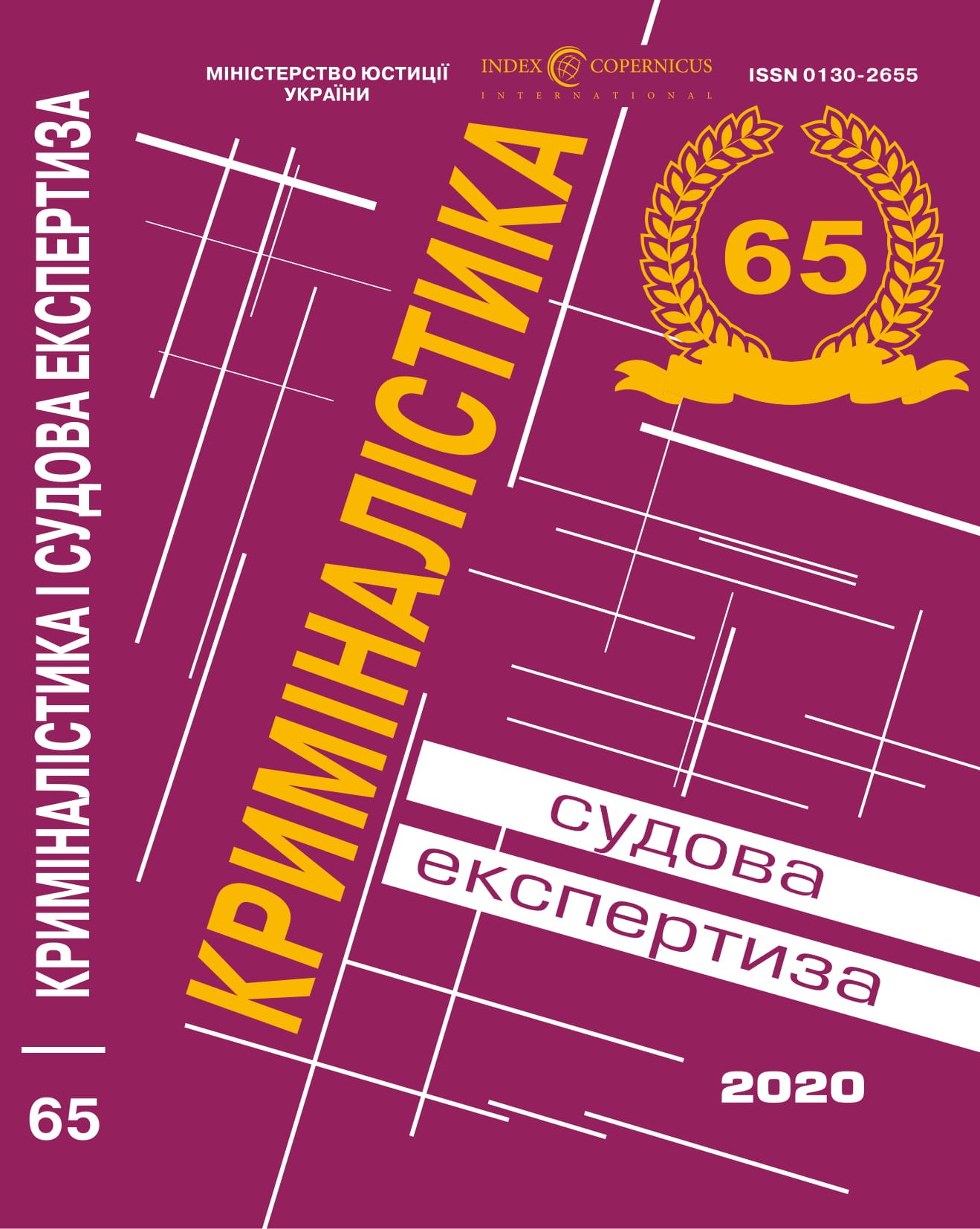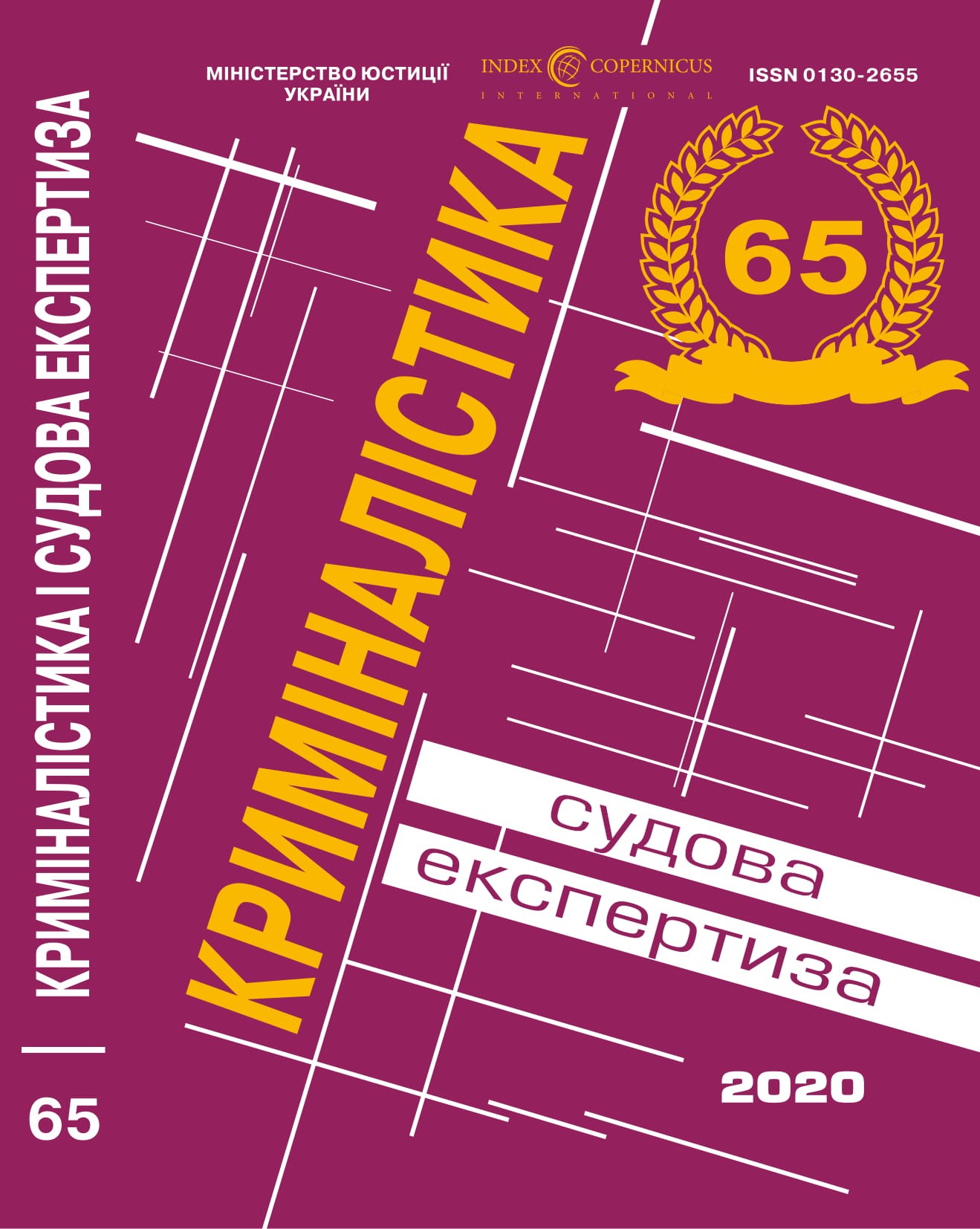DOI: https://doi.org/10.33994/kndise.2020.65.52
K. Proskura, O. Lukova
The article examines in detail the procedures and features of the use of judicial expertise in the process of conducting tax audits by both controlling bodies and taxpayers, and when appealing the results of tax audits.
According to the results of the tax audit of economic entities, in case of detection by tax inspectors of tax offenses, an act of inspection is drawn up, which contains a detailed description of the general information about the taxpayer, financial indicators, base and amounts of taxes paid for the audited period, as well as the content and amounts of the identified audits. tax offenses. In the event that the audit reveals tax offenses and the results of consideration of objections (if any), no adjustments have been made to the act of inspection, the controlling authority sends to the taxpayer a tax notification-decision on the amount of tax liability charged on the results of the check to be paid. In case of disagreement with such amount, the taxpayer has the right to appeal within 10 days such tax notification-decision in the administrative order or at any moment within three years from the moment of its issuance – in court.
Being a procedural document, the conclusion of a court expert can be a proof in court, is a strong argument when making decisions in tax disputes and an effective tool for protecting the taxpayer from illegal and biased decisions made by officials of the tax authority on the results of tax audit. In addition to judicial examinations, parties to the dispute (usually a taxpayer) may be assigned expert research, is not a procedural document, but can be a powerful document in proving a party of its correctness in a tax dispute.
An important point is the correct formulation of the questions posed to the expert (their focus on resolving disputes, their compliance with the competence of the expert-economist, the lack of a legal component that the expert-economist has no right to consider) and compliance with procedural requirements in the course of court proceedings, since in all types of legal proceedings the expert’s opinion is a procedural document.
Key words: tax audit, tax offense, act of audit, forensic expert examination of taxation issues, forensic exp


